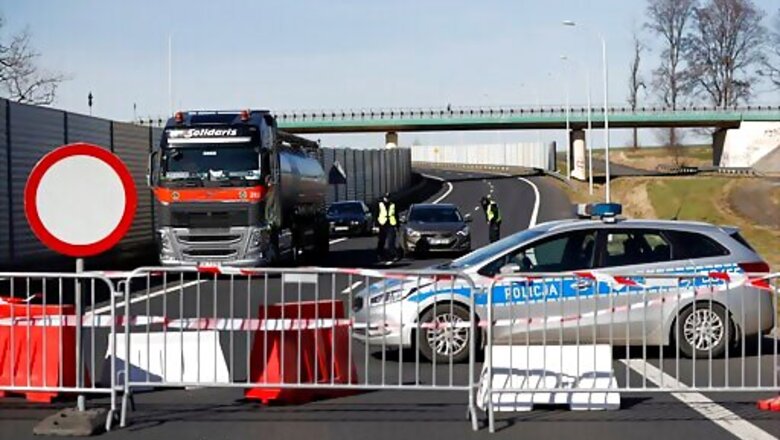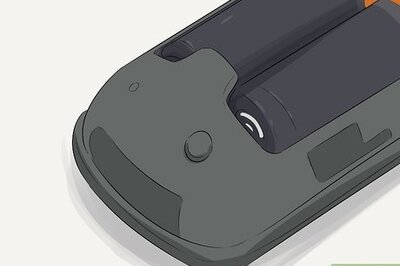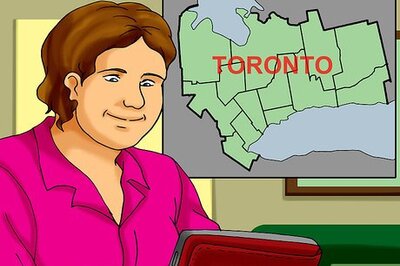
views
BRUSSELS: European Union countries are getting ready to adopt a common traffic light system to coordinate traveling across the 27-nation bloc, but a return to a full freedom of movement in the midst of the COVID-19 pandemic remains far from reach.
In addition to causing the deaths of at least 151,000 EU citizens and plunging the EUs economy into recession, the coronavirus has also landed a blow to a cherished cornerstone of EU citizenship, the free movement of people.
When the virus struck in March, several EU countries decided to close their borders to non-citizens without talking to their neighbors, creating huge traffic jams and slowing down the delivery of much-needed medical equipment.
The cacophony, which also played havoc with millions of tourists caught off guard by the virus, prompted the EUs executive arm to push for a more unified approach. The EU commission last month came up with proposals that have been discussed and amended before their scheduled approval by EU nations on Tuesday.
We hope it’s a big step in addressing unilateral disruptions,” a EU commission official said Monday, speaking on condition of anonymity as per the commissions policy.
The key measure agreed upon is a common map of infections that will be drawn up by the European Centre for Disease Prevention and Control. It will sort European regions into green, orange and red zones according to the severity of coronavirus outbreaks, taking into account new confirmed cases per 100,000 people and the percentage of positive tests.
Still, the harmonization stops short of providing common practical rules for the EU’s orange and red zones. Travelers from green areas wont face limits on their journeys, but national governments will continue to set their own restrictions such as quarantines or mandatory testing upon arrival for people coming from orange or red zones.
The commission recommended mandatory testing only for travelers from the most dangerous zones but cant impose such a measure because health and border issues remain the prerogative of national governments.
One diplomat said the goal was to create a way for EU states not to close their borders to one another.
EU countries have yet to find common practices for the length of self-isolation periods following an exposure to the virus, but they agreed to mutually recognize test results in all member states. They will also to develop a harmonised passenger locator form for all means of transport including trains and planes.
According to the commission, a list of essential travelers allowed to move freely across the bloc will also be devised during Tuesday’s meeting, and cross-borders workers should be unaffected by the restrictions.
___
Follow APs pandemic coverage at http://apnews.com/VirusOutbreak and https://apnews.com/UnderstandingtheOutbreak
Disclaimer: This post has been auto-published from an agency feed without any modifications to the text and has not been reviewed by an editor
Read all the Latest News and Breaking News here



















Comments
0 comment